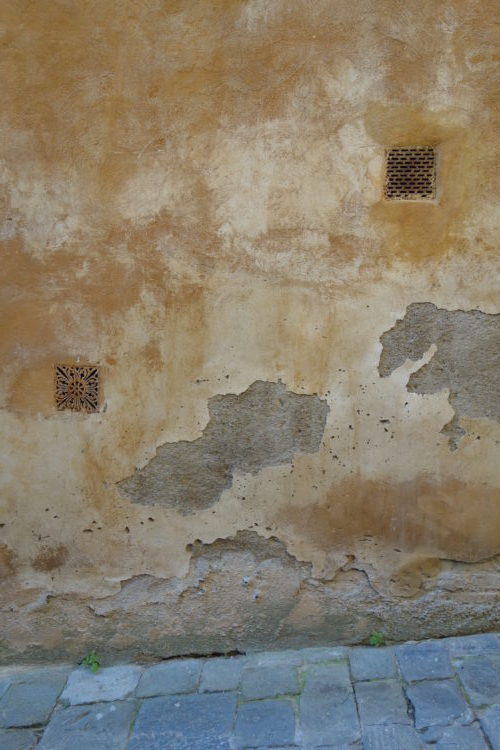My museum today was the streets of Siena — I set out on a “Palio Hunt”, looking for symbols and landmarks of the contrade, but soon found other things that interested me. Such as the strangely antique reserved (parking?) space in the alley behind the headquarters of the Banca Monte dei Paschi di Siena, the world’s oldest bank:
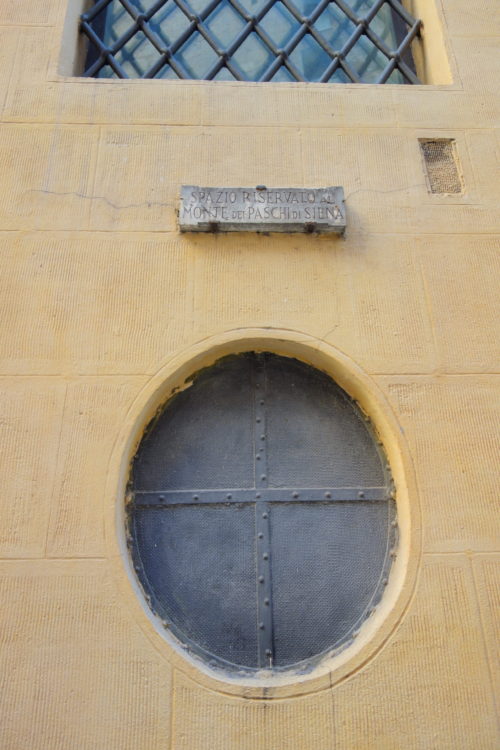
I saw these words on a building in the via dei Montanini. They were in plain sight, yet camouflaged by the wall’s texture, and I feel extraordinarily lucky to have noticed them at all:
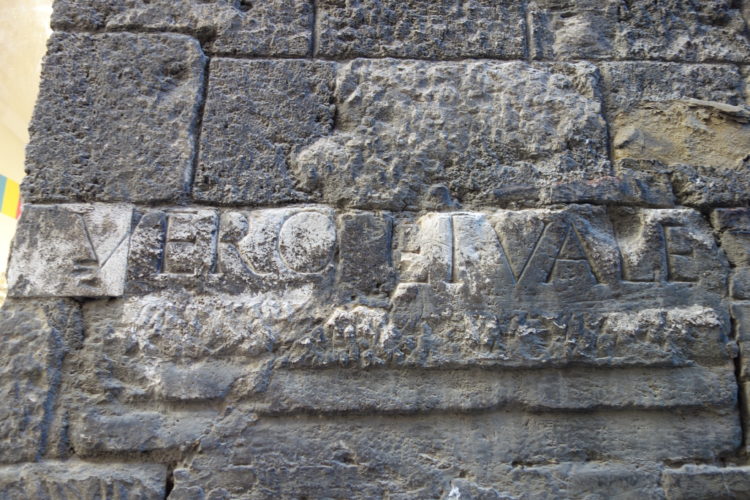
I assumed they were medieval, and with my poor Latin translation skills concluded that the phrase means something like, “True and Worthy”, which seemed a noble and fitting thing to inscribe on one’s palazzo wall. Only later, while checking my translation, did I learn the true history of this inscription. It’s Roman, dating from before Christ, and was originally part of a longer epigraph on an honorary archway that spanned the road at this very location, connecting two towers — the bases of which are still standing across the street from one other, now integrated into other buildings — and likely marking the northernmost limit of the small Roman military colony of Sena Julia. Two fragments of the arch’s inscription were later re-mounted in such as way as to obtain the phrase “VERO ET VALE”; notice the partial re-integration of the V in VERO and the E in ET. One theory is that the original epigraph recorded the visit of two Roman prefects, Severo and Valente, who are known to have been sent to Sena Julia by Antonino Pio, emperor from 138 to 161. The inscription we see today has been known since at least 1480, and it’s one of the few traces of Roman habitation that still remain in Siena.
This one is not as old:
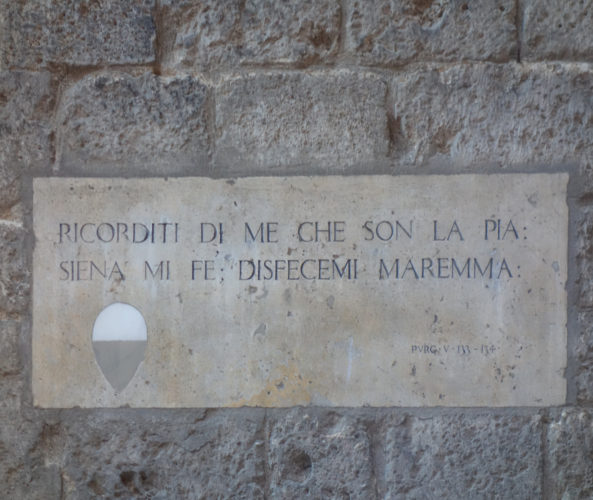
From Dante’s Purgatorio, Canto V, verse 133-34. Spoken by Pia de’ Tolomei, a Sienese gentlewoman, whose story must have been so familiar at the time that Dante only needed to allude to it:
“remember me, the one who is Pia;
Siena made me, Maremma undid me:
he knows it, the one who first encircled
my finger with his jewel, when he married me.”
Pia’s true story has since been lost in history, but there are many variant versions in art, including paintings, poems, novels, a classical opera by Donizetti, and a rock opera by Italian pop star Gianna Nannini (who I today learned belongs to the family of the famous Sienese pasticceria). What these stories tell in common is that poor Pia was disappeared to a castle in the Maremma and then murdered there, possibly by her own husband, either out of jealousy or because he wished to marry another.
This is just beautful, and, even better, still being used to announce which pharmacy is “on call” tonight:
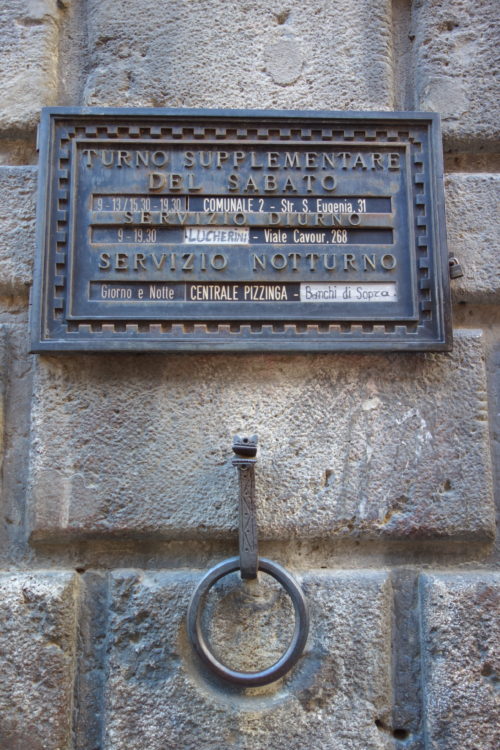
The idea of trying to keep the river of Saturday afternoon-strolling Sienese walking only on the left side of the street is amusing…
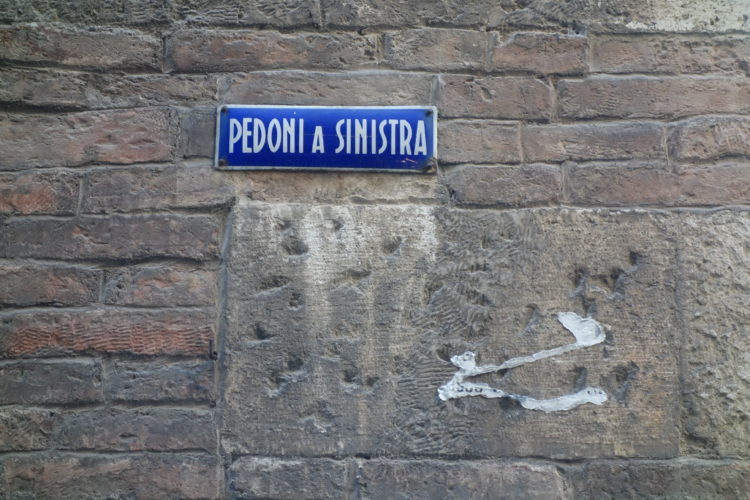
In Siena, even exhaust vents are lovely:
